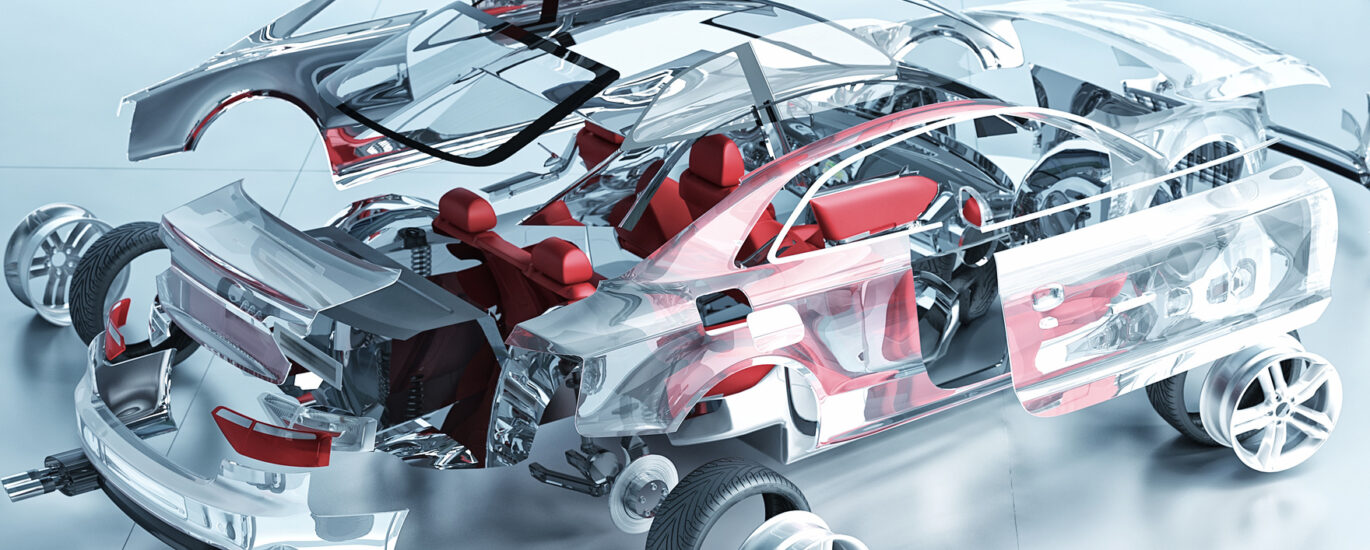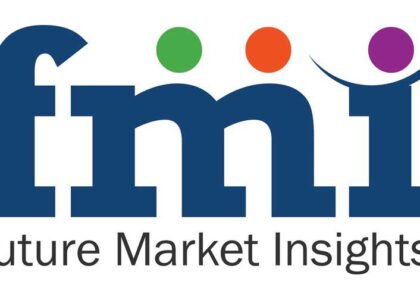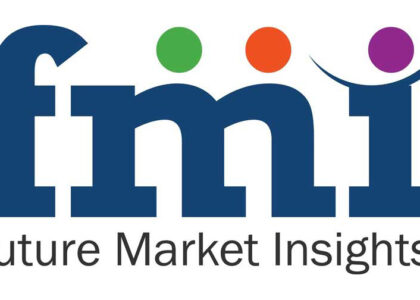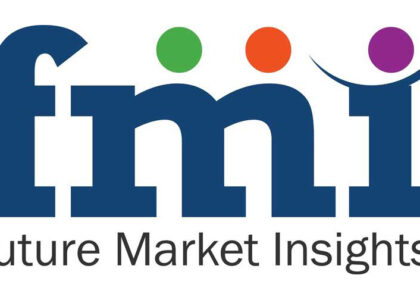In the automotive industry, plastic has become a critical and versatile material that plays a pivotal role in the design, performance, and sustainability of modern vehicles. Over the years, automotive plastic components have replaced traditional materials like metal and glass in various applications, leading to improved efficiency, safety, and reduced environmental impact.
Automotive Plastics are lightweight, durable, and offer versatility, making them a compelling alternative to traditional materials like steel and aluminum. As automakers seek to enhance vehicle performance, fuel efficiency, and reduce carbon emissions, the automotive plastics market is witnessing robust growth, revolutionizing the way vehicles are designed and manufactured.
The global automotive plastics market was valued at US$ 64.8 billion in 2018 and reached US$ 65.6 billion in 2022.
The market is anticipated to surge at a CAGR of 6.9% over the forecast period 2023 to 2033, reaching US$ 136.3 billion by 2033-end.
Explore Market Potential and Gain Competitive Advantage – Download Our Sample Report Today! https://www.futuremarketinsights.com/reports/sample/rep-br-81
Innovation Could Be Key to Success for Automotive Plastics Manufacturers!
Crucial factors like stringent fuel efficiency and emissions regulations, and modernization and future-readiness of self-driving cars are bolstering sales of automotive plastics across the globe.
The key objective of self-driving cars is to maximize fuel economy to lower emissions and improve overall performance. The usage of automotive plastics, such as reinforced polymers and composites, has become essential to attain these goals. These plastics are considerably lighter than conventional materials like steel, allowing self-driving automobiles to have superior fuel efficiency.
As more of these cutting-edge vehicles are commonly established and furnished with cutting-edge sensor technologies, there is an increasing demand for automotive plastics.
The growing integration of advanced infotainment systems and connectivity features in vehicles is also estimated to boost the demand for plastic components in the automotive industry. Plastics are used in the manufacturing of touchscreen displays, control panels, and housings for electronic devices. The robust technological advancements in automotive safety technologies have created a higher demand for specialized plastic components.
Plastics with excellent impact resistance, such as polycarbonates, are utilized in airbags, bumpers, and other safety-related parts. There has also been recent emergence and widespread application of 3D printing in the automotive sector. Rising focus on developing bio-based and recycled materials to reduce the industry’s carbon footprint is further anticipated to drive the global automotive plastics market through 2033.
Key Takeaways:
- The global market for automotive plastics is projected to witness a CAGR of 9% during 2023 to 2033.
- With the significant increase in the sales and production of automotive vehicles, China is anticipated to remain a prominent country in the market growing at 8% CAGR through 2033.
- By material type, the polypropylene segment is expected to remain the key segment and is estimated to account for 3% of the total volume in 2023.
- By end use, the conventional vehicles segment is anticipated to lead the global automotive plastics industry in 2023 and is expected to continue this lead growing at 8% CAGR through 2033.
- The top 5 players in the market, accounting for a share of around 50% to 55% in the global automotive plastics industry.
Request a Complete Table of Contents (TOC) with figures to get a comprehensive overview of the report’s structure and key findings @ https://www.futuremarketinsights.com/toc/rep-BR-81
“Rising demand for high-quality, lightweight, and durable components, and advances in safety features has spurred demand for automotive plastics globally. Increased integration of infotainment systems and connectivity features in vehicles are anticipated to present key revenue opportunities over the forecast period.”- says a lead analyst at FMI
Competitive Landscape
BASF SE, The Dow Chemical Company, Saudi Basic Industries Corp (SABIC), Covestro AG, DuPont de Nemours, Inc., Arkema Group, Sumitomo Chemical Co., Ltd., Mitsui Chemicals Inc., Formosa Plastics, Evonik Industries, Eastman Chemical Company, LyondellBasell Industries N.V., and Hanwha Group are some of the manufacturers of automotive plastics profiled in the full version of the report.
The automotive plastic market is witnessing consolidation as a result of mergers and acquisitions. Large multinational companies are acquiring smaller players to expand their product portfolio and geographic reach.
Automotive plastics manufacturers are focusing on developing bio-based and recycled materials to reduce the industry’s carbon footprint. These sustainable alternatives provide similar performance characteristics while reducing dependency on fossil fuels.
For instance,
- In September 2022, BASF and Citroën unveiled the all-electric concept car Oli, a platform of how much can be saved through weight reduction and resource BASF has been following a determined sustainability strategy for many years.
- In March 2022, Covestro AG commissioned its two production lines for manufacturing polycarbonate compounds at its Greater Noida plant, in New Delhi, The new plant aims to meet the rising demand for composite plastics, especially in the automotive, electrical, and electronics businesses.
The automotive industry is continually striving to streamline its supply chain and reduce costs. Plastic manufacturers are adopting efficient production processes, such as injection molding and 3D printing, to optimize manufacturing operations and meet the industry’s demand for cost-effective solutions. These supply-side trends highlight the ongoing transformation in the automotive plastic market.
Don’t miss out on the opportunity to gather the essential details for your future expansion. Request your customized report now @ https://www.futuremarketinsights.com/customization-available/rep-BR-81
More Insights into the Automotive Plastics Market Report
In its latest report, Future Market Insights (FMI) offers an unbiased analysis of the global automotive plastics market, providing historical data from 2018 to 2022 and forecast statistics for the period 2023 to 2033.
To understand the global market potential, growth, and scope, the market is segmented based on material type (polypropylene (PP), polyurethane (PUR), acrylonitrile butadiene styrene (ABS), polyvinyl chloride (PVC), polyethylene (PE), polystyrene (PS), polycarbonate (PC), polyamide (PA), acrylic (PMMA, etc.), plastic composites, others) application (interior components, exterior components, and frame) end-uses (conventional vehicles {passenger cars, light commercial vehicles, heavy commercial vehicles} electric vehicles {pure electric, hybrid electric }) and region (North America, Latin America, Europe, East Asia, South Asia, and the Pacific, Middle East & Africa).
About Future Market Insights (FMI)
Future Market Insights, Inc. (ESOMAR certified, Stevie Award – recipient market research organization and a member of Greater New York Chamber of Commerce) provides in-depth insights into governing factors elevating the demand in the market. It discloses opportunities that will favor the market growth in various segments on the basis of Source, Application, Sales Channel and End Use over the next 10-years.
Contact Us:
Future Market Insights Inc.
Christiana Corporate, 200 Continental Drive,
Suite 401, Newark, Delaware – 19713, USA
T: +1-845-579-5705
LinkedIn| Twitter| Blogs | YouTube
For Sales Enquiries: sales@futuremarketinsights.com





